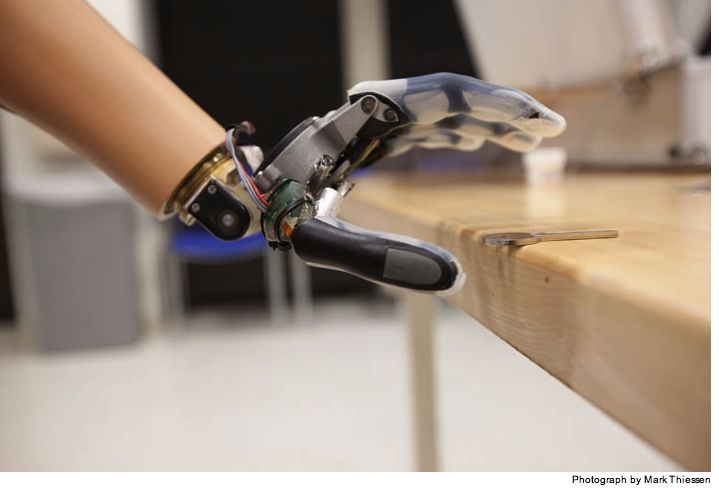
1. That mid-1970s TV series The Six Million Dollar Man was about former astronaut Colonel Steve Austin (actor Lee Majors) and his superhuman strength due to bionic implants. Severely injured, he was “rebuilt” at a cost of $6 million ($35 million today) – his right arm, both legs and left eye replaced with “bionic” implants that enhanced his strength, speed and vision far above human norms.
Several readers asked me to build a bionic REIT portfolio – to stand the test of time and not get devastated – as REIT investors witnessed during the last recession… 10 years ago. I’ve taken the challenge – and will make a case for a highly durable portfolio built from 5 of the best, healthiest, strongest, fastest REITs available.
2. Nearly all REITs were punished during the last recession (termed the “Great Recession”), Dec. 2007 to June 2009, which saw the end of Lehman Brothers and Bear Stearns, and near collapse of Citigroup and AIG. Financial markets were in utter turmoil with no certainty any REIT would have access to capital. Just a handful of REITs were able to grow their dividends those dark days.
However, over the past 10 years (since the beginning of the recession), REITs have witnessed an evolution, becoming much stronger, smarter, and durable. While nobody knows when the next recession will strike, one thing’s certain: REITs are now much better – and prepared. As Benjamin Graham explained, “Adversity is bitter, but its uses may be sweet…in the end we could count great compensations.”
3. REITs cut dividends in 2008-09 mostly due to leverage. Big questions for investors the rest of this year: what happens to interest rates, and how will that affect businesses and financial markets, including REITs?
4. Well, rates are headed higher. Federal Reserve policymakers indicate they expect to continue raising short-term interest rates.
5. The economy’s likely resilient as interest rates move up. As the Fed removes the monetary stimulus it had provided since the financial crisis – now to keep growth of the economy from exceeding its potential, we’re likely to see demand for commercial real estate and rent growth.
6. REIT industry balance sheets are less leveraged than any point in the past 20 years, according to the Nareit T-Tracker®. Interest expense takes a smaller bite out of REIT earnings, with less leverage, and are not likely to rise much (as rates move higher), as nearly all REIT borrowings are fixed-rate debt. REITs’ average debt maturities have been extended, to lock in low rates until well into the next decade.
7. As for REIT share prices, look for REITs to continue to post good operating performance even as interest rates move higher. And steady earnings increases translate into higher and higher dividend payments to investors.
8. Demand for real estate remains robust, and rising NOI provides solid support for valuations. Major factor: vacancy rates have remained low, as growing demand has kept pace with new construction. Solid demand for commercial space and low vacancy rates have helped keep rents rising for all major property types.
9. While the recovery in commercial real estate markets over the past several years has been uneven and often disappointing, (like the economy as a whole), more recent news (in part due to tax reform) shows a turn for the better and signs of improving conditions. I observe rising occupancy rates, and pricing power shifting in favor of property owners as markets continue to firm. Fundamentals for the REIT industry remain on solid ground.
10. An investor who wants to buy a dollar of future earnings on the S&P 500 pays more today than in recent history, while a REIT investor can get future earnings at a lower price than any point in the past seven years. Investing in REITs has historically improved portfolio performance by adding total return and diversifying investment exposures. Current REIT fundamentals and equity market conditions suggest investing in REITs will likely continue to have such benefits in the period ahead.
11. (Bonus) My memorable mantra (make it yours): “The safest dividend is the one that’s just been paid.”
The Bionic REIT Portfolio
If you’re a committed value investor (as I am), you easily have – or can find – all the tools you need to develop a sound REIT portfolio, always adhering to lessons learned during adversity.
Here are five picks from my Bionic REIT Portfolio. (Proud plug: we’ll publish the entire portfolio in September’s Forbes Real Estate Investor newsletter, September 4.)
Bionic REIT #1
Regency Centers
Bionic REIT #2
Simon Property Group
Bionic REIT #3
Realty Income
Bionic REIT #4
W.P. Carey
Bionic REIT #5
Healthcare Trust of America



